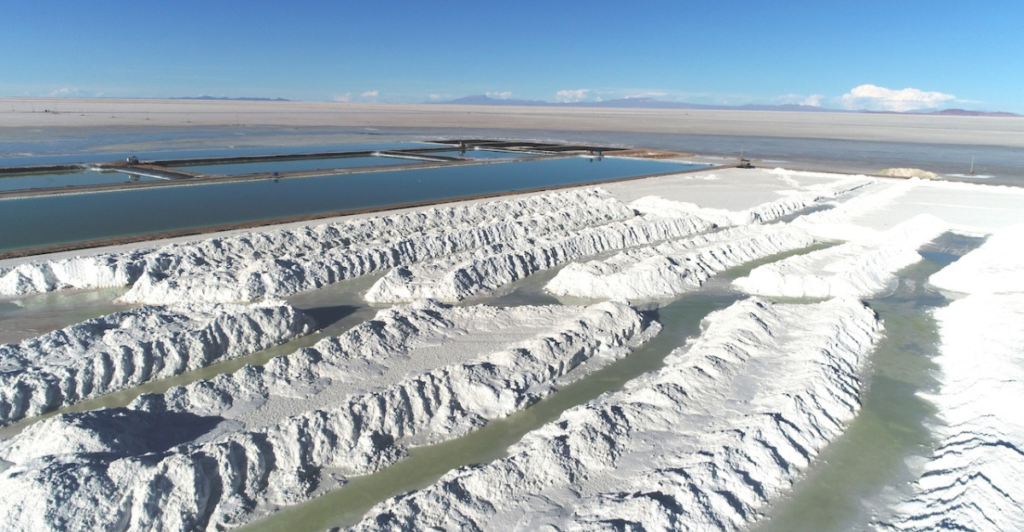
Move over, gold and oil—lithium is the new hot commodity. And sitting beneath Bolivia’s breathtaking Salar de Uyuni is the world’s biggest lithium jackpot. The world’s richest nations are tripping over themselves to mine it, promising green energy for all. But behind the shiny headlines, the reality is messier, dirtier, and full of secrets no one wants to talk about. Let’s dive in.
Salar de Uyuni—Instagram’s Dream, Industry’s Nightmare
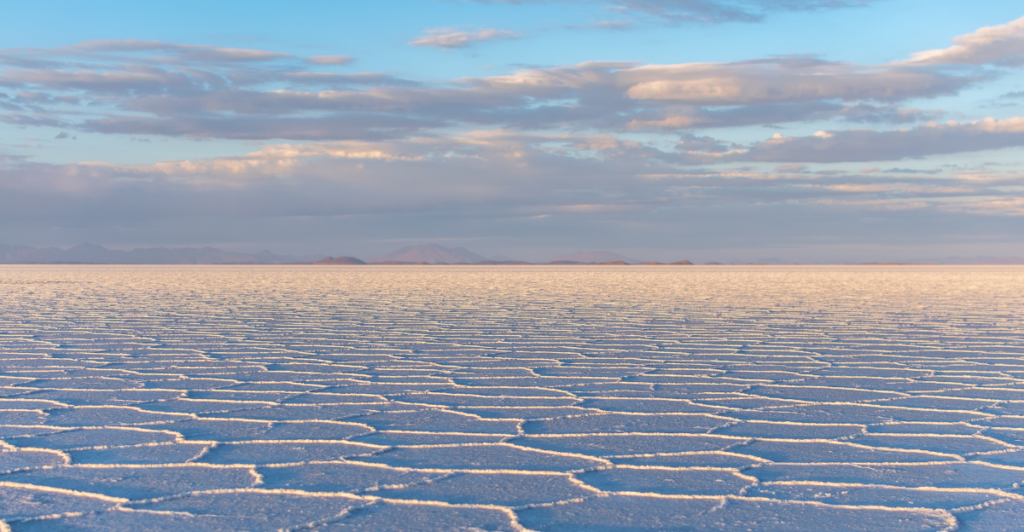
Imagine a breathtaking mirror of the sky, stretching for miles, attracting influencers and filmmakers. That’s Salar de Uyuni. But beneath this natural wonder lies a goldmine of lithium, and mining companies are salivating over it. If they get their way, this paradise could soon be an industrial wasteland—bulldozed, drained, and left for dead.
Draining the Earth—One Battery at a Time
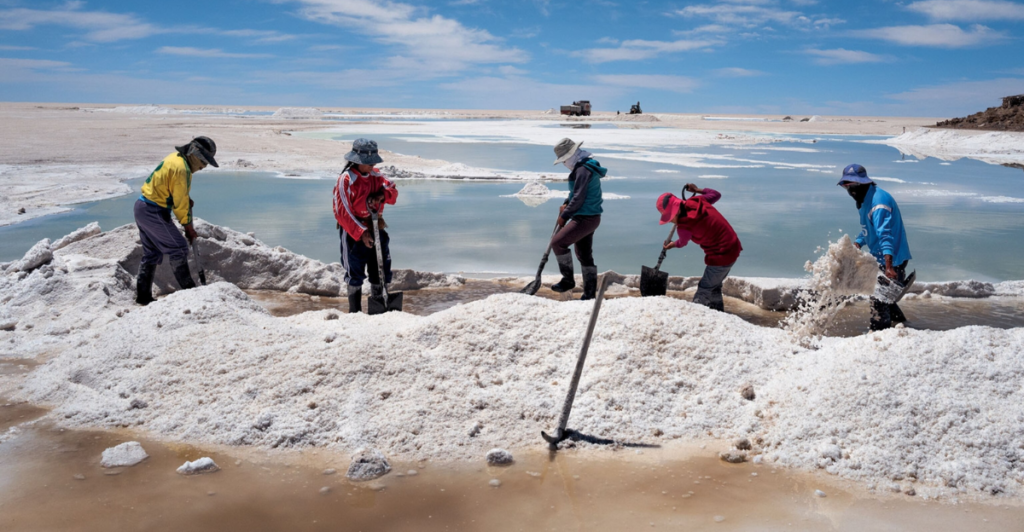
Think mining is bad? Lithium extraction is worse. It takes 500,000 gallons of water to produce just one ton of lithium. Salar de Uyuni is in a bone-dry region, so where’s all this water going to come from? Answer: It isn’t. Local rivers are drying up, farmers are suffering, and the mining industry doesn’t seem to care.
Poison in the Water—And No One’s Talking About It
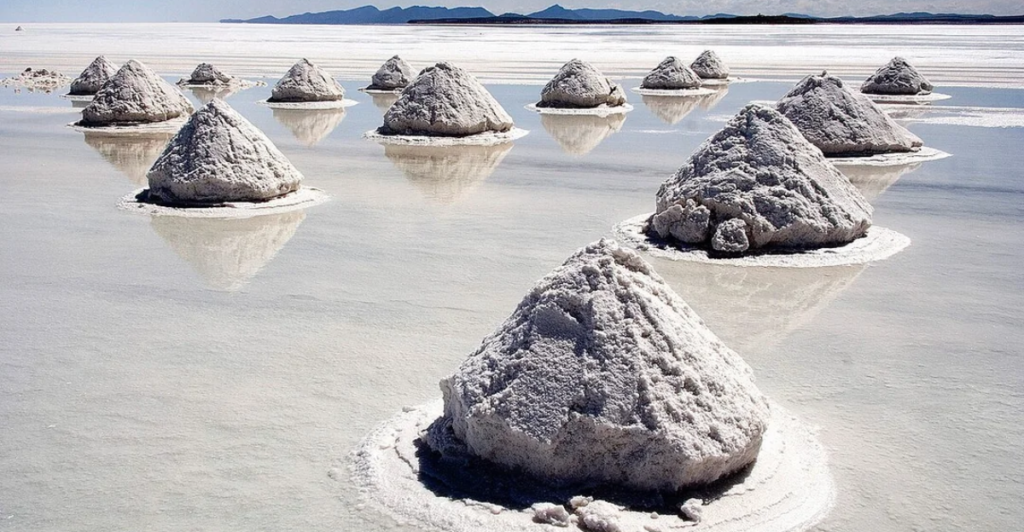
If lithium was the only thing coming out of the ground, this might be manageable. But surprise! Salar de Uyuni’s lithium deposits also contain arsenic—1,400 times higher than safe levels. Yes, as in the poison. If that leaks into drinking water, we’re looking at a slow-motion environmental disaster.
Indigenous Communities—Silenced and Sidelined
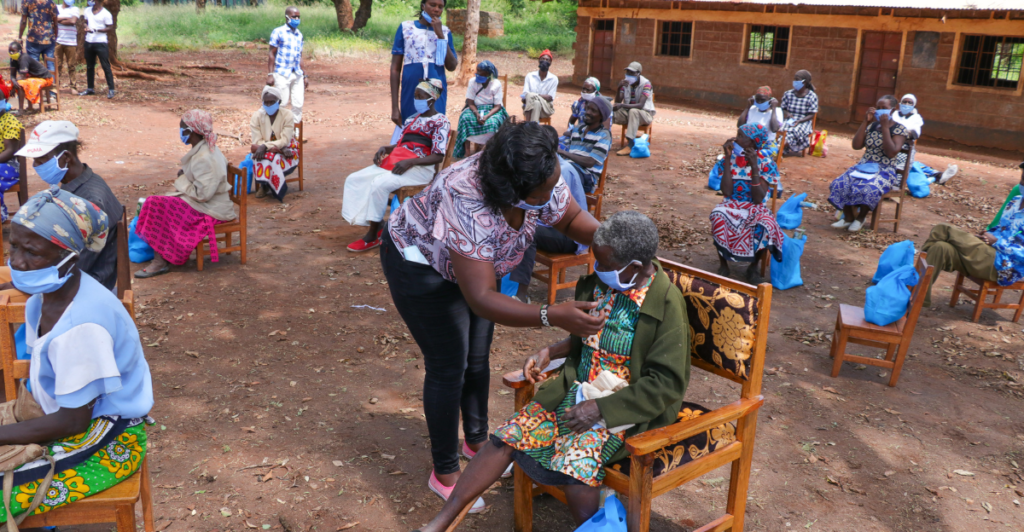
Local indigenous communities have lived on this land for centuries. They’ve been promised jobs, prosperity, and a share of the profits. But in reality? They’re being ignored. Water sources are drying up, farmlands are turning into dust, and when they protest, governments and corporations tell them to shut up and move.
The Flamingo Massacre No One Mentions
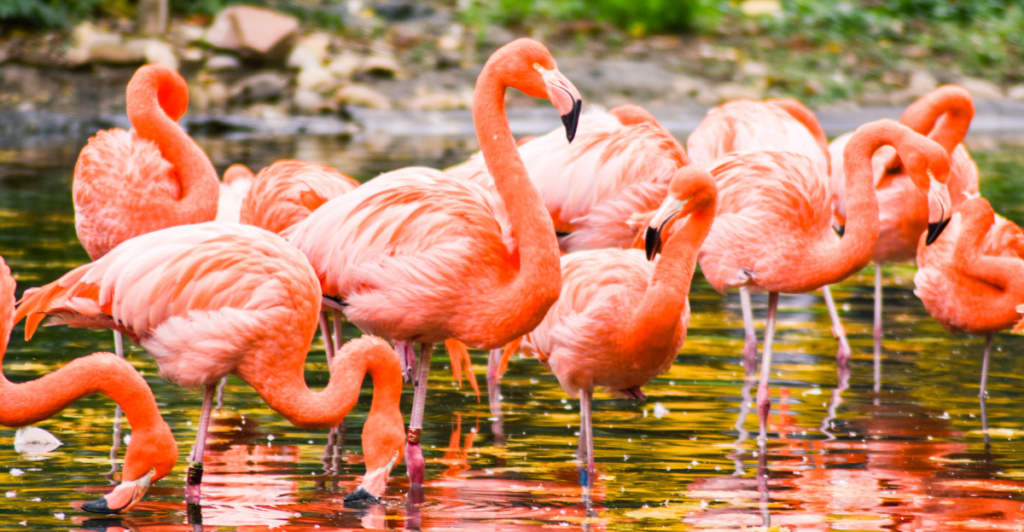
Flamingos used to thrive in the salt flats of South America, but now? They’re disappearing. Mining disrupts the ecosystem, draining the water and killing the algae they feed on. Scientists have recorded major population drops near lithium mines, but no one’s stopping to ask: Are electric cars really worth an avian apocalypse?
Who’s Regulating This? Well, No One
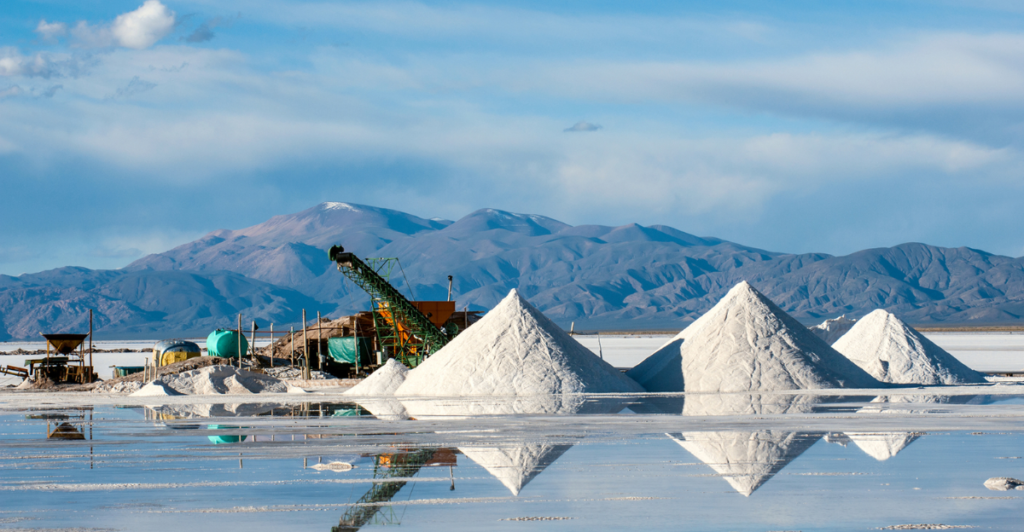
Bolivia, Chile, and Argentina form the “Lithium Triangle”—home to 60% of the world’s lithium. But their environmental laws are a joke. Each country has wildly different regulations, with companies finding loopholes left and right. While industries make billions, local communities get pollution, land grabs, and broken promises.
The Great Green Energy Lie
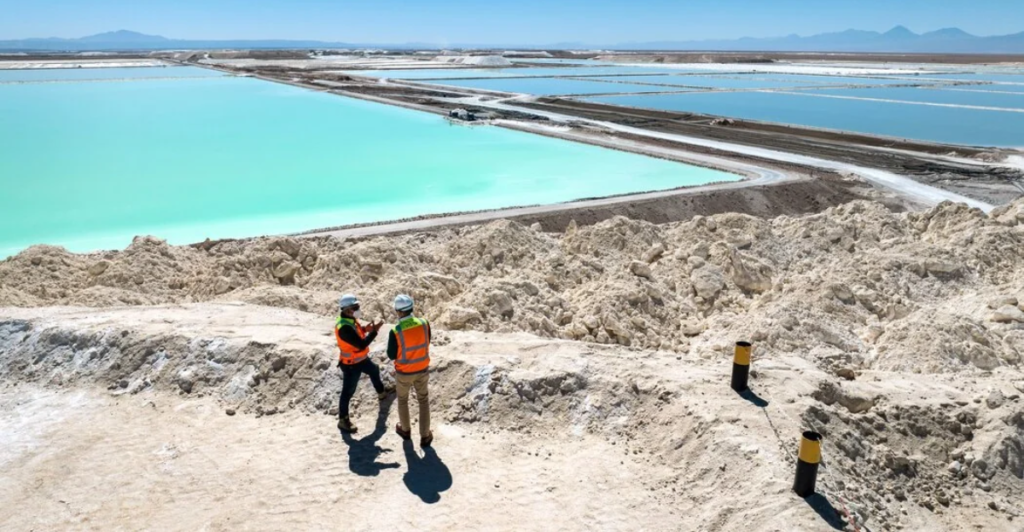
Lithium is supposed to be the holy grail of clean energy. But guess what? Mining it is anything but clean. The carbon footprint of lithium extraction is massive, with air pollution, toxic waste, and deforestation all part of the package. So are we really saving the planet, or just replacing one disaster with another?
Riches for Who?
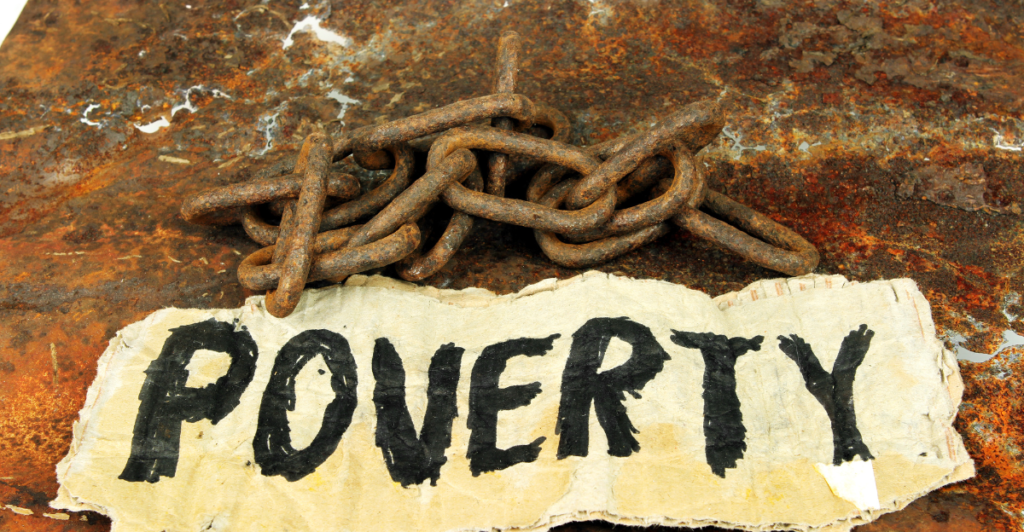
Governments and corporations love to brag about how lithium mining is bringing wealth and jobs. But in reality, the money stays at the top. While companies and investors make a fortune, locals are left with environmental devastation and pennies on the dollar. The result? More poverty, more inequality, and more broken promises.
“Sustainable” Lithium? Don’t Hold Your Breath
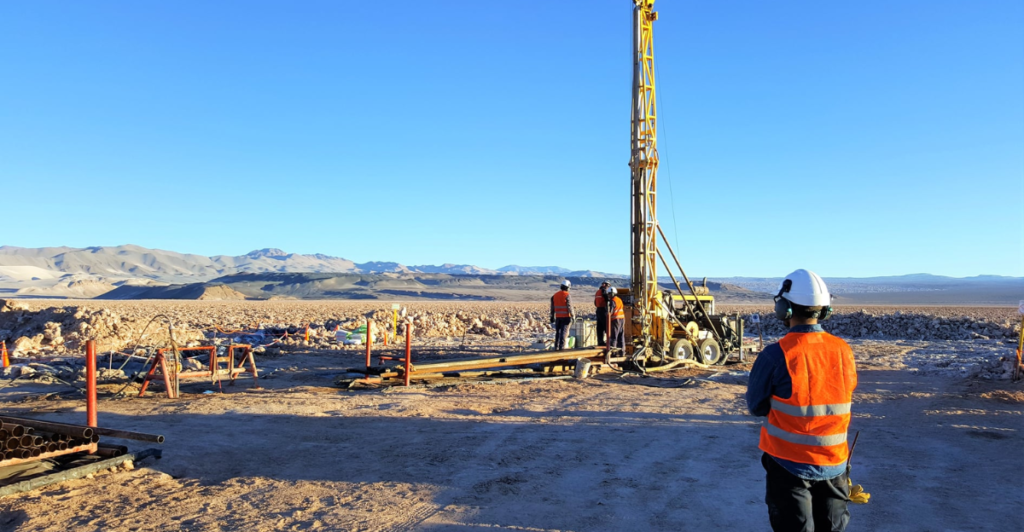
Some companies claim to be working on greener lithium extraction methods, like Direct Lithium Extraction (DLE). But guess what? It’s still experimental, expensive, and unproven at scale. Until these new methods are tested, we’re stuck with the same destructive mining practices—no matter how many green PR campaigns they run.
Climate Change Could Make It Even Worse
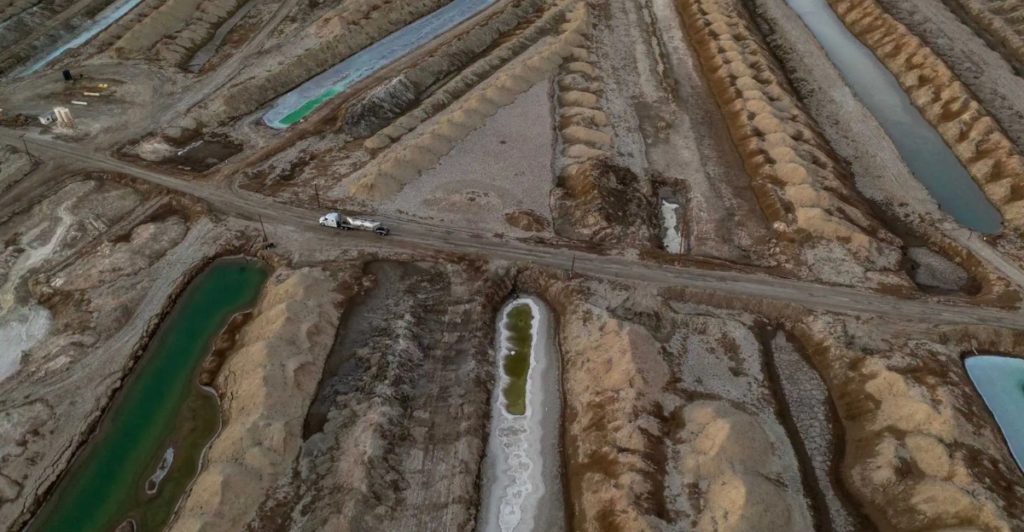
Lithium mining is already draining water sources, but climate change is about to make it ten times worse. Rising temperatures mean less rainfall, more droughts, and even greater water shortages. If we’re already running out of water before demand quadruples by 2030, what happens next? (Spoiler: It won’t be good.)
The Clock is Ticking
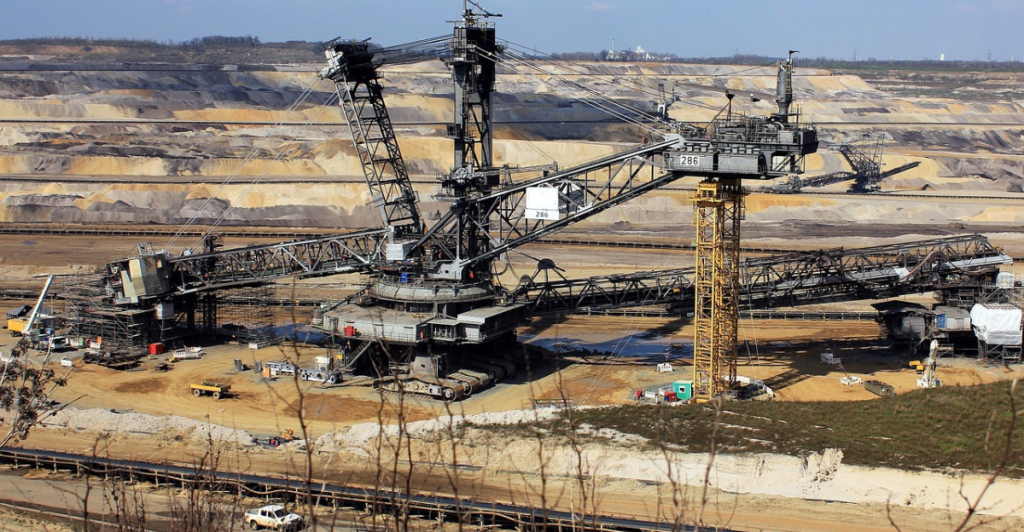
With lithium demand skyrocketing, companies are in a mad dash to mine as much as possible, as fast as possible. But if governments don’t step up and enforce stricter regulations, the Lithium Triangle could end up as a dried-up, poisoned wasteland. The real question is: Who will act first: governments, corporations, or nobody?
The Lithium Boom—A Miracle or a Mess?
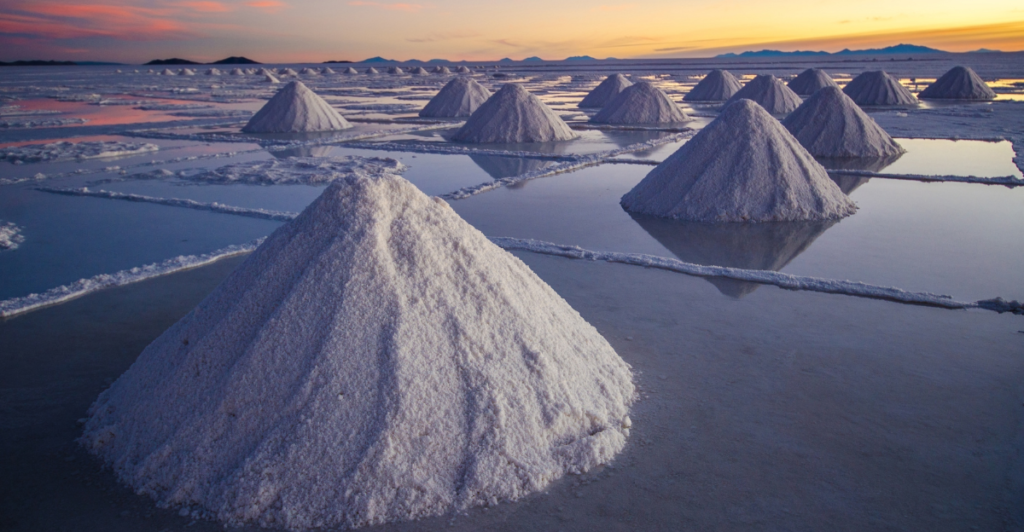
Lithium is powering the future, but at what cost? Are we trading oil spills for poisoned salt flats? Are electric cars really “green” if their batteries come from environmental destruction? The lithium rush isn’t slowing down, and unless the world wakes up to the consequences, we could be speeding straight into another resource catastrophe.
Explore more of our trending stories and hit Follow to keep them coming to your feed!

Don’t miss out on more stories like this! Hit the Follow button at the top of this article to stay updated with the latest news. Share your thoughts in the comments—we’d love to hear from you!







